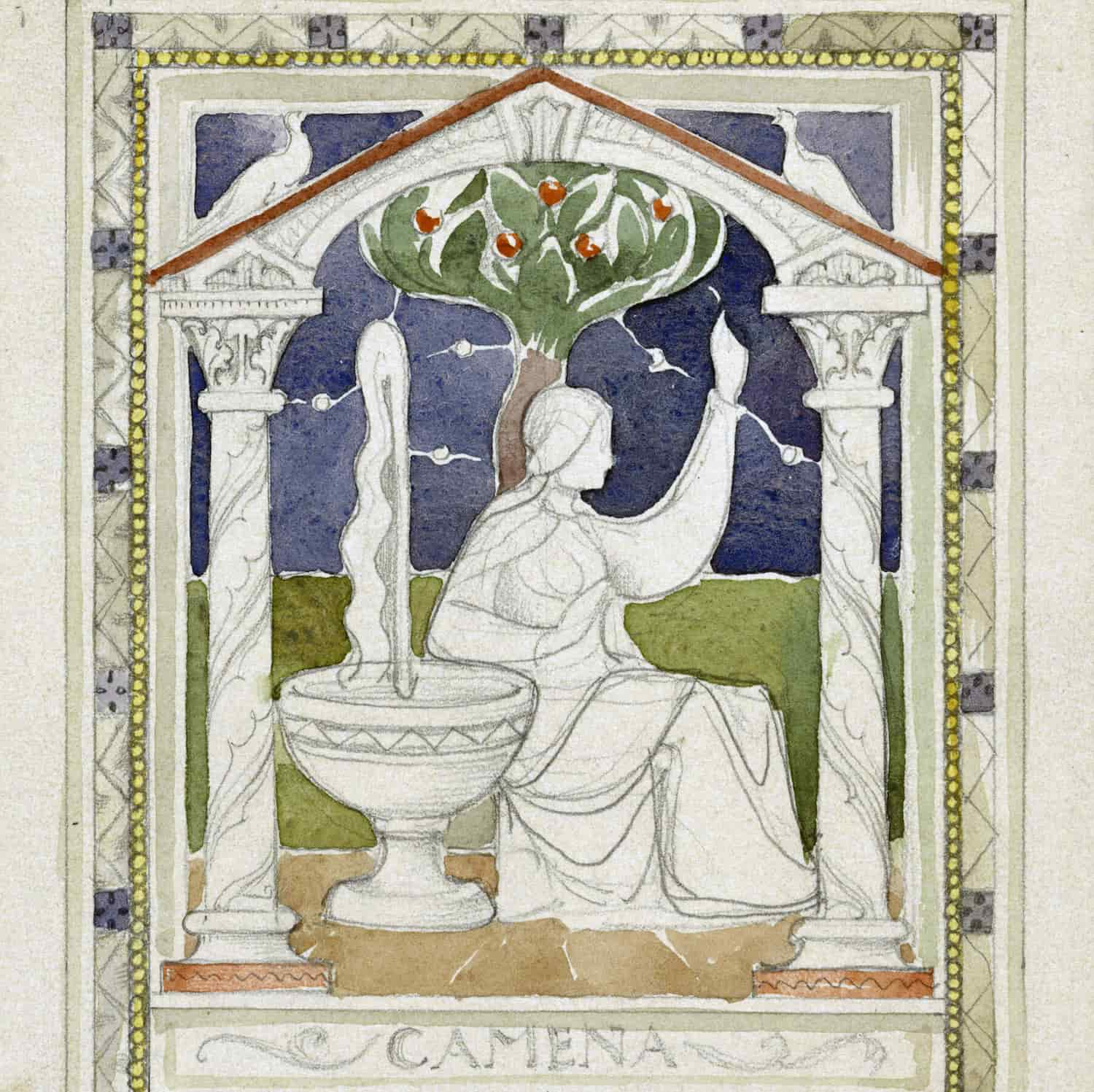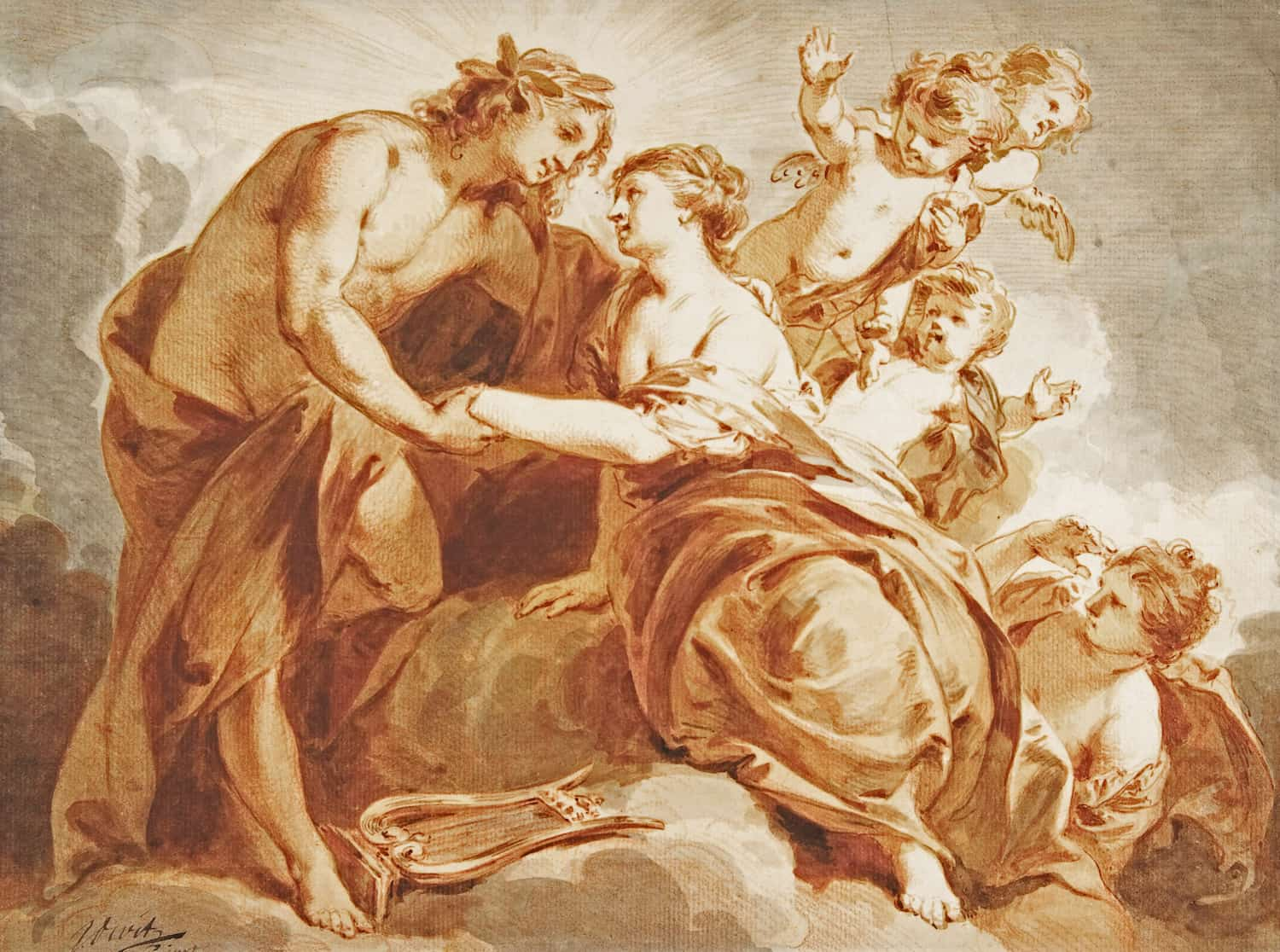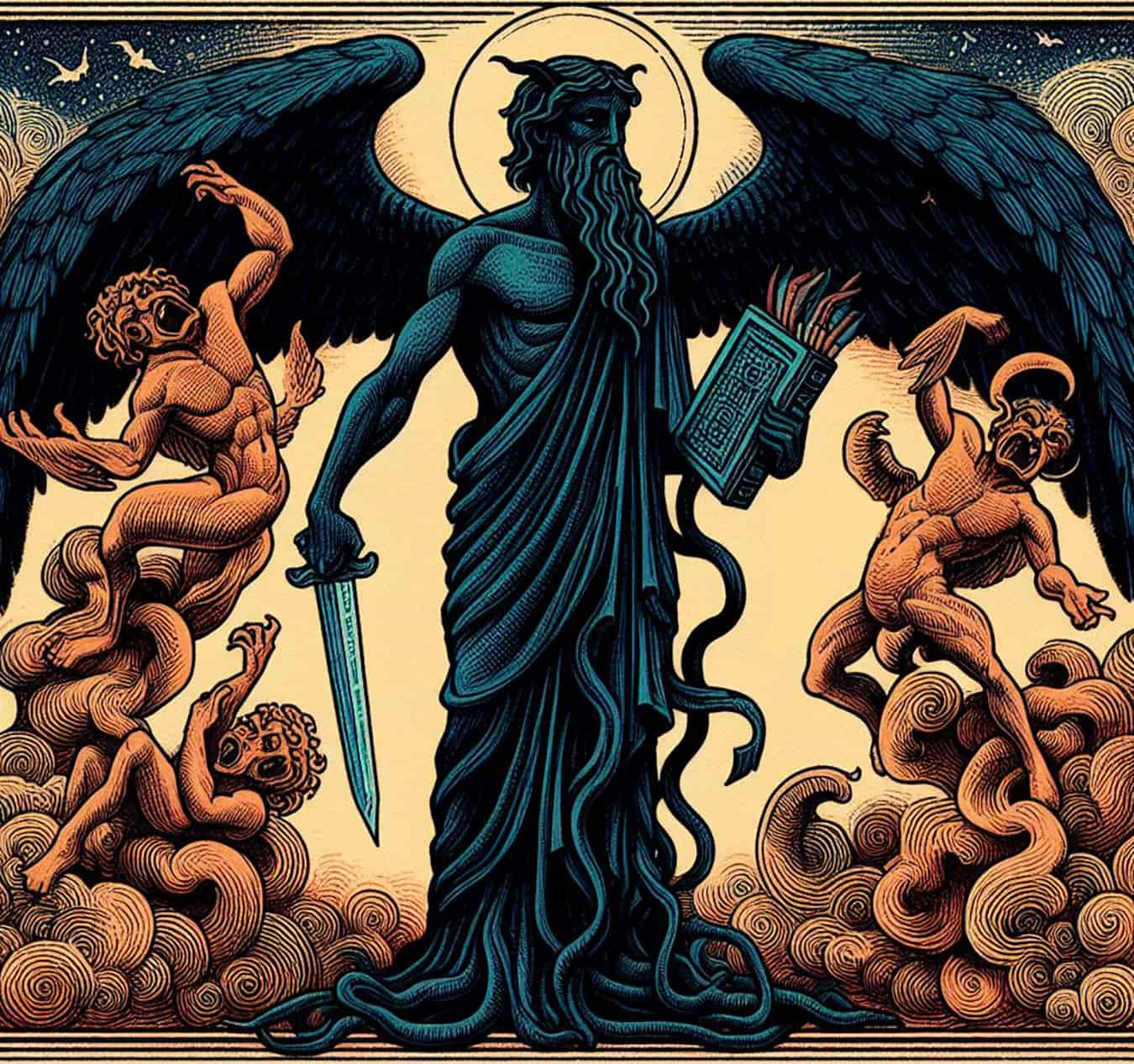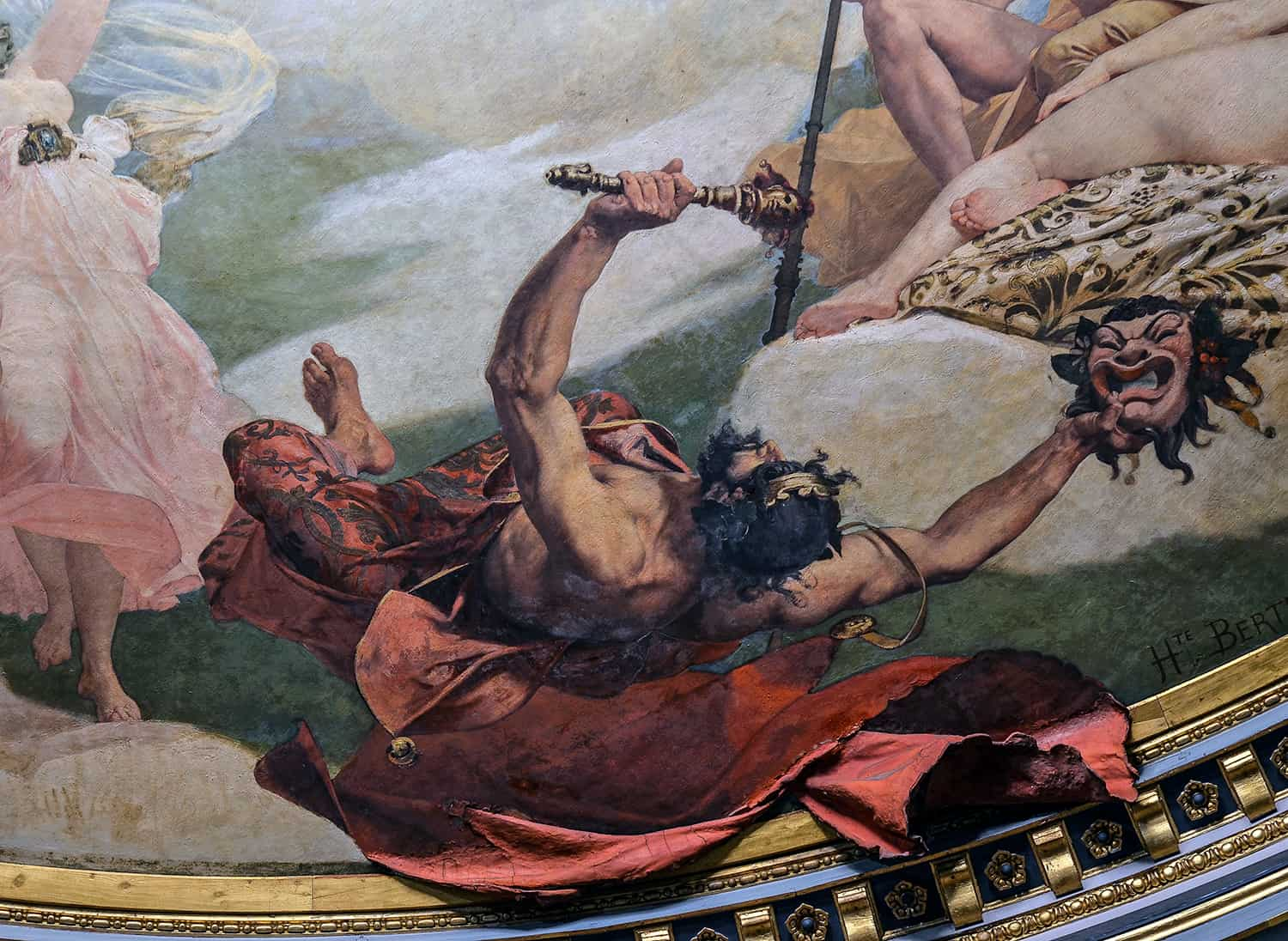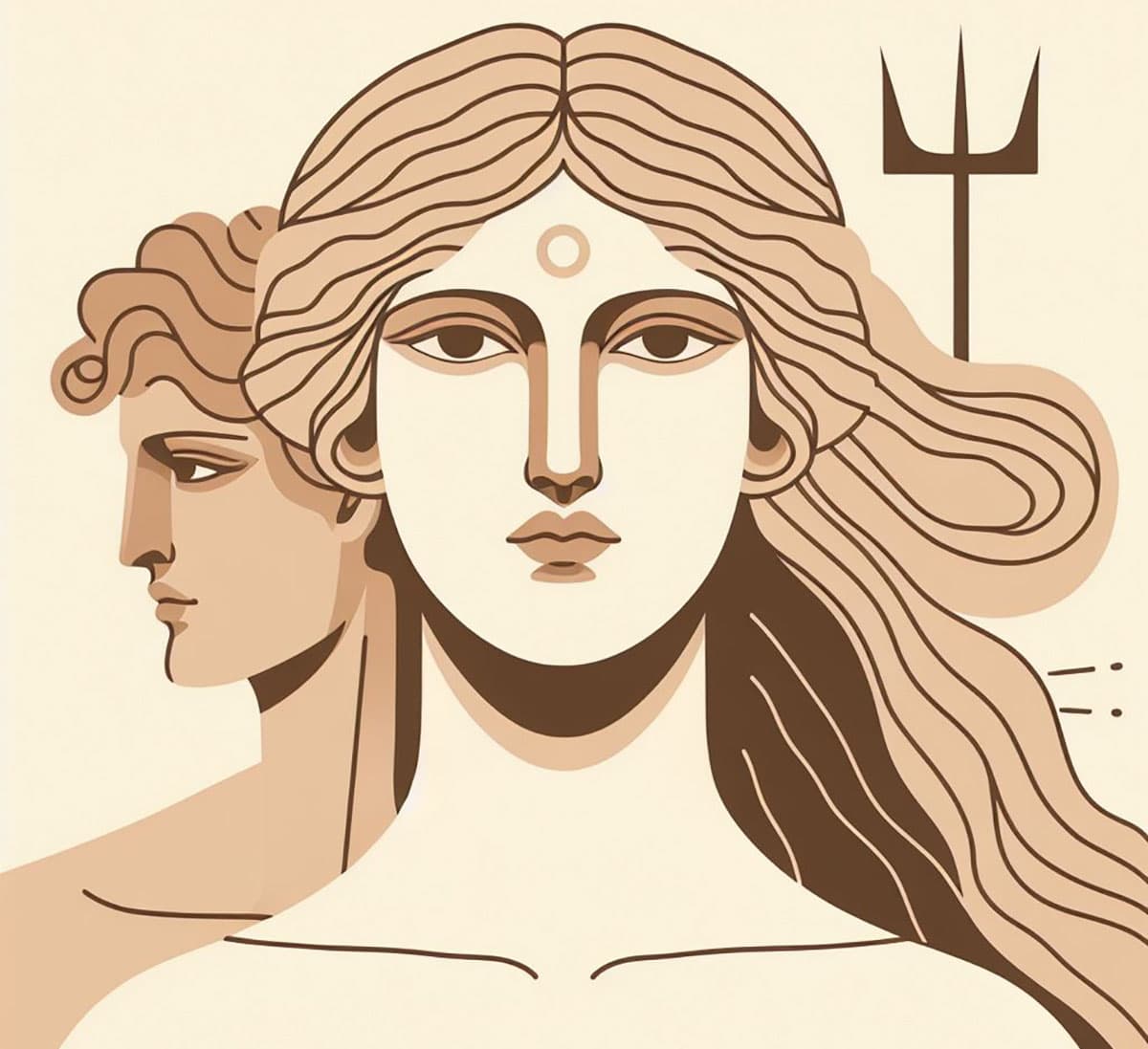The Camenae (in Latin, Camenae or Camoenae) are nymphs of springs and woods in ancient Roman religion. They are later assimilated into the Greek Muses. Egeria, Carmenta, Antevorta (or Anteverta, or Prorsa, or Porrima), the “fairy of the future,” and Postvorta (or Postverta, or Postuorta, or Postuerta, and sometimes with an ‘s’ instead of ‘t’ as the penultimate letter), the “fairy of the past,” are thus considered Camenae.
Description
The Camenae belong to the extensive group of archaic deities, spirits of mountains, woods, and waters, dispersed by Latin religion within nature. Among water deities, those presiding over rivers were depicted as male geniuses, while those of springs were portrayed as female powers. In the Latin language, the latter were called “Lymphes” (Lymphae), a term later replaced by its Greek synonym Νύμφαι (nymphae).
Unlike Pontus or Juturna, the Camenae do not rule over springs in general. Their cult, originating in Latium, perhaps Aricia, was localized near the Capene Gate, close to where Q. Fabius Verrucosus dedicated a temple to Honor (233), later transformed by M. Marcellus, the victor of Syracuse, into a double temple of Honor and Virtue.
There, the Camenae’s springs were found, grouped around the most famous one, Egeria. It was believed that Numa held nocturnal meetings with the revealing nymphs at this location and received the sacred shield from the sky, which he entrusted to the Salii. The old Sabine king was said to have dedicated a bronze temple to the Camenae, later transferred to the temple of Honor and Virtue, and Egeria left for Aricia after Numa’s death. The Vestals would also fetch the required living water for their rituals from the Egeria or Camenae fountain.
The name and diverse roles of the Camenae in legend are explained by their nymph nature. To understand the associations created by popular imagination, it is essential to recall a belief common to Greek and Italian religions. This belief, abundantly observed in the history of divination, holds that water possesses magical power—the ability to awaken prophetic senses in intelligent beings. Nymphs were believed to have divinatory abilities, which they could even impart to humans by temporarily suspending normal intelligence.
The Greeks called those influenced by nymphs “possessed by nymphs” (νυμφόληπτοι), and the Latins referred to them as “lymphatic” (lymphatici), suggesting that their psychological disturbances had given way to prophetic faculties.
It is through this idea that one must explain the mythological attributes of the Camenae. Firstly, their name, Camenae, means “goddesses of Incantations” (carmina), “oracles,” or “magical formulas.” The pragmatic spirit of the Romans hardly separated divination from magic, believing that supernatural knowledge should lead to supernatural action, with the latter applying the means discovered by the former. Prophecy and magic are the special attributes of all these divinities engaged in the same body of legends, making it challenging to have distinct physiognomies; Camesene or Camasene, sister or wife of Janus and mother of the Tiber; Canens, daughter of Janus and wife of Picus; and finally, Carmenta or Carmentis, who will be discussed later.
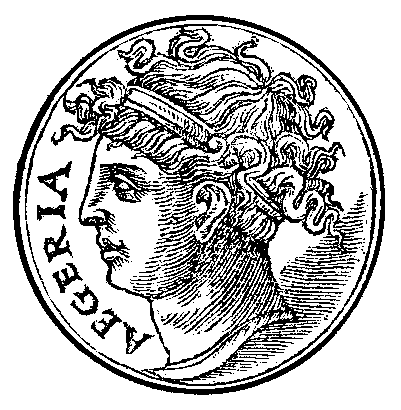
The most popular instinct attributes the supernatural power most willingly to the healing of diseases. The Camenae’s spring shared for a long time with those of Egeria and Juturna the reputation for restoring health to the sick.
As prophetesses and sorceresses, nymphs could be doubly useful during childbirth. People asked them to hasten delivery through their charms and to determine the child’s destiny through their divinatory knowledge. The Camenae entrusted this role to Carmenta or Carmentis, along with their companion Egeria.
The goddess Camenae, if we are to believe Augustine of Hippo, intervened to teach children to sing. They played the same role near nascent Rome; they did not witness its birth, but they collaborated in its religious constitution because Numa Pompilius’s work had been inspired down to its smallest details by Egeria and the Camenae.
Poetic inspiration is so closely related to divination that the “singing” nymphs naturally became the goddesses of poetry when the Romans learned to distinguish between poetic rhythms and enchantment formulas (carmina). The Greek Muses, whose place they now held in Roman mythology, were, like them, nymphs of fountains, attached to the sources of Olympus, Helicon, and Parnassus.
The Camenae owed their new literary dignity to the first propagator of Greek art, Livius Andronicus of Tarentum. In less than a century, the Camenae already had a temple, perhaps built by the poets’ guild, in which statues of the poets themselves were erected. It is reported that the poet Lucius Accius was portrayed there, with proportions that strikingly contrasted with his small stature. Later, Latin poets moved away from the native nymphs and returned to the Greek Muses. The name of the Camenae occasionally resurfaces in their writings but as a synonym.
The original difference fades so much that they sometimes refer to the Muses of Hippocrene or Libethra by the name of Camenae.
The identification of the Camenae with the Muses must have significantly altered the primitive type provided by the national religion. It was hardly possible to associate them, as in the past, with underworld deities like Tacita-Muta (the mute) or Lala-Larunda (the talkative), which an ancient tradition identified with the Camenae. On the other hand, the legend no longer had enough vitality to undergo further modifications.
When it was said that the Camenae were daughters of Jupiter or that Hymen was the son of a Camene, one could not think of Egeria’s companions. Hence, an incomplete adaptation that leaves the Camenae with an undecided physiognomy, a failed copy of the graceful and noble figures of the Greek Muses.
Famous Camenae
The Camenae (ancient form: Casmenae) were ancient Italic deities residing in springs, fountains, and streams near the temple of Vesta. They were goddesses of springs, protectors of childbirth, and patrons of the arts. In the role of deities associated with wells and fountains, they were similar to the ancient Greek Naiads.
A grove near Rome was dedicated to the Camenae. There, a spring existed, and access to it (at one stage in the cult’s existence) was restricted to the Vestal Virgins.
The Camenae included:
- Carmenta – A festival called Carmentalia was held in her honor, mainly involving women. The connection to springs is evident as a special ritual of filling vessels with water from a revered spring took place during this festival.
- Antevorta (foretelling the future) – A companion (sometimes considered a sister) to Carmenta, responsible for predicting the future.buy augmentin online http://psychrecoveryinc.com/images/newSpace/jpg/augmentin.html no prescription pharmacy
Also known as Porrima. In astronomy, these names are sometimes given to the star Gamma Virginis. - Postvorta (foretelling the past) – Responsible for the past, also known as Prorsa. Ancient Romans believed that during a normal childbirth (headfirst), Porrima was present, and if the child was born feet first, then it was Postvorta.
- Egeria – A water nymph and prophetess. The grove where her husband Numa Pompilius met her was later dedicated to the Camenae. According to the myth, Egeria transformed into a spring, either by melting into tears or by the will of Diana. Juvenal, with a tinge of regret, mentioned the transformation of the natural appearance of the spring into marble and mosaic.
Antevorta and Postvorta are sometimes considered aspects of Carmenta (looking into the past and future, akin to the two-faced Janus), but in later times, they acquire the character of independent beings that could be invoked for assistance.
They were depicted as companions of Carmenta.
The Camenae as Muses
The name, loosely connected to the word “carmen” – song, incantation, utterance – and the goddess Carmenta’s name, indicates a belief in the prophetic power of springs. Egeria, associated with the Camenae, was believed to give wise advice to Numa Pompilius. They were also patrons of the arts. Livius Andronicus, translating the “Odyssey” into Latin, transferred the name Camenae to the Greek Muses (who were originally deities of springs).
Horace in his “Odes” refers to poetic inspiration as the “soft breath of the Greek Camenae” (spiritum Graiae tenuem Camenae).
The perception of the Camenae shifts from personifications of springs and purely female deities to being equated with the ancient Greek Muses simultaneously with the growing popularity of Greek culture and mythology in Ancient Rome.


